1. The Process of Designing
This project stemmed from my thesis exploration of sustainability, community, and decolonization in the fashion industry, challenging fast fashion by embracing slowness, care, and intentionality. Anchored by the question, "How might communication design foster deeper connections between communities and the natural world?" the work symbolizes calmness and interconnectedness through handmade pale blue paper, representing water and the planet’s vastness.
Natural materials, like thin wood pieces collected from meaningful places such as Chilliwack River and Joffre Lakes, ground the project in both material and emotional connections to the Earth. Embroidery and geometric patterns reflect interconnected systems, with each stitch serving as a meditative act of making that highlights the human hand’s role in healing and connection. This process became a reflection on how materials and thoughts weave together to create meaning.
Full project: here
2. Material/Aesthetic Concerns
The materials—handmade light blue paper and collected wood—were central to the project’s narrative. The paper symbolizes the planet’s vastness, while the wood, gathered from natural settings, reflects a direct connection to the environment. These choices emphasize sustainability, reusing existing resources instead of exploiting new ones.
Circular and geometric embroidery patterns, inspired by natural cycles of life, death, and renewal, represent unity and interconnectedness. These patterns aim to evoke harmony and balance, encouraging viewers to reflect on their place within the broader cycles of life.
The tactile quality of the materials was essential, engaging the senses and inviting physical connection. Light blue hues add tranquility and reflection, creating a serene atmosphere that deepens appreciation for nature's rhythms.
By integrating symbolic patterns, tactile materials, and calming palettes, the project fosters a connection between the viewer and the natural world, emphasizing the enduring cycles that shape existence.
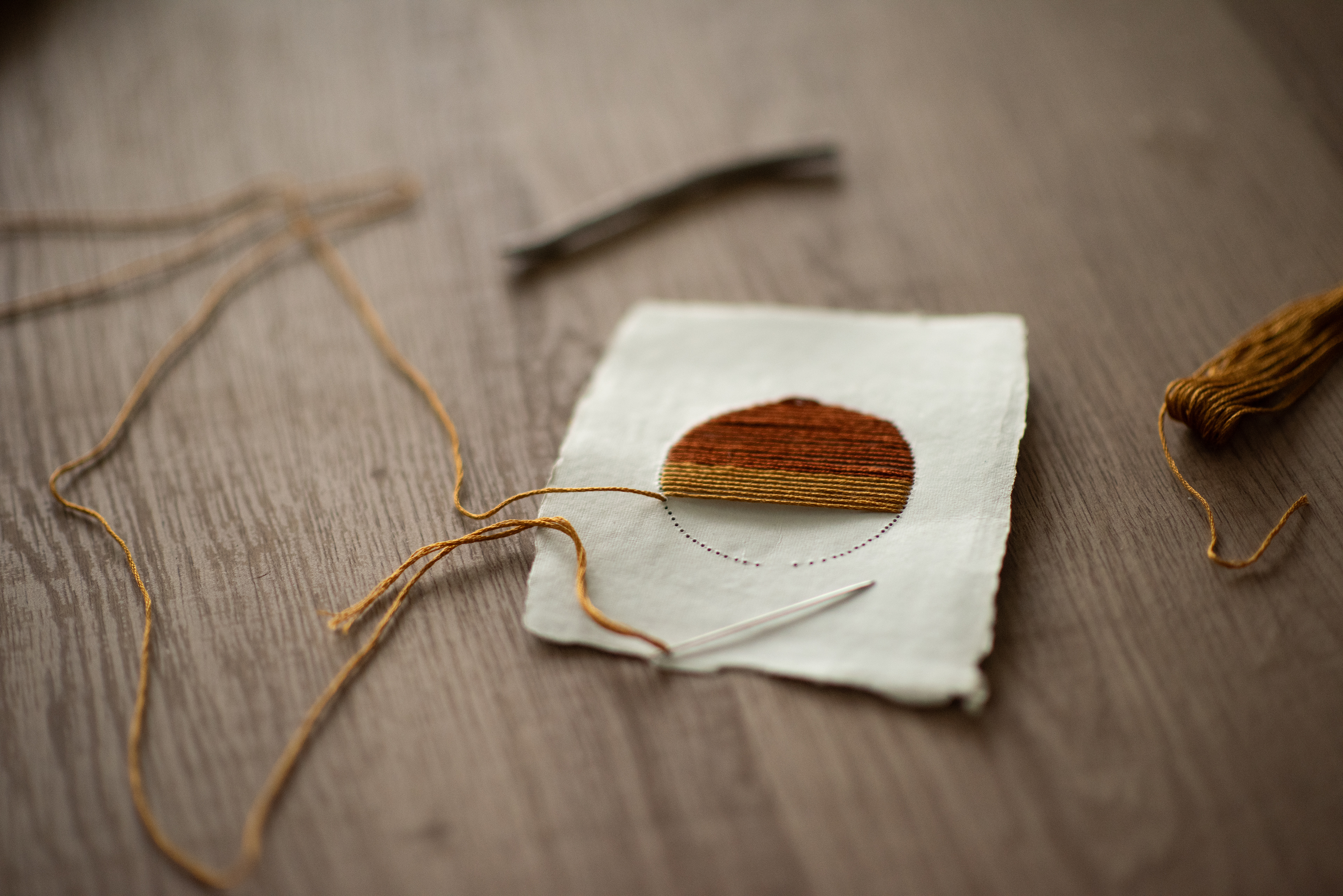
3. Technologies Used
I intentionally embraced analog techniques to foster a deep connection with the materials and the creative process. Handmade paper was meticulously crafted, and wood pieces were thoughtfully collected during my time in nature, ensuring each element carried personal significance. The embroidery was executed by hand, emphasizing a slow and deliberate approach that aligns with the principles of slow fashion.
To achieve precise circular patterns in the embroidery, I utilized a traditional drawing compass. This tool allowed me to create perfect circles, symbolizing the natural cycles of life, death, and renewal that inspired the design. The use of a compass not only ensured geometric accuracy but also reinforced the project's commitment to hands-on craftsmanship.
These analog methods resonate with the Earth Logic framework's emphasis on intentionality and care in every step of the design process. By minimizing digital intervention, the project underscores a return to touch, craft, and the personal—an increasingly vital approach in a world dominated by fast-paced digital production. This tactile engagement invites viewers to reflect on their connection to the natural world and the value of mindful creation.

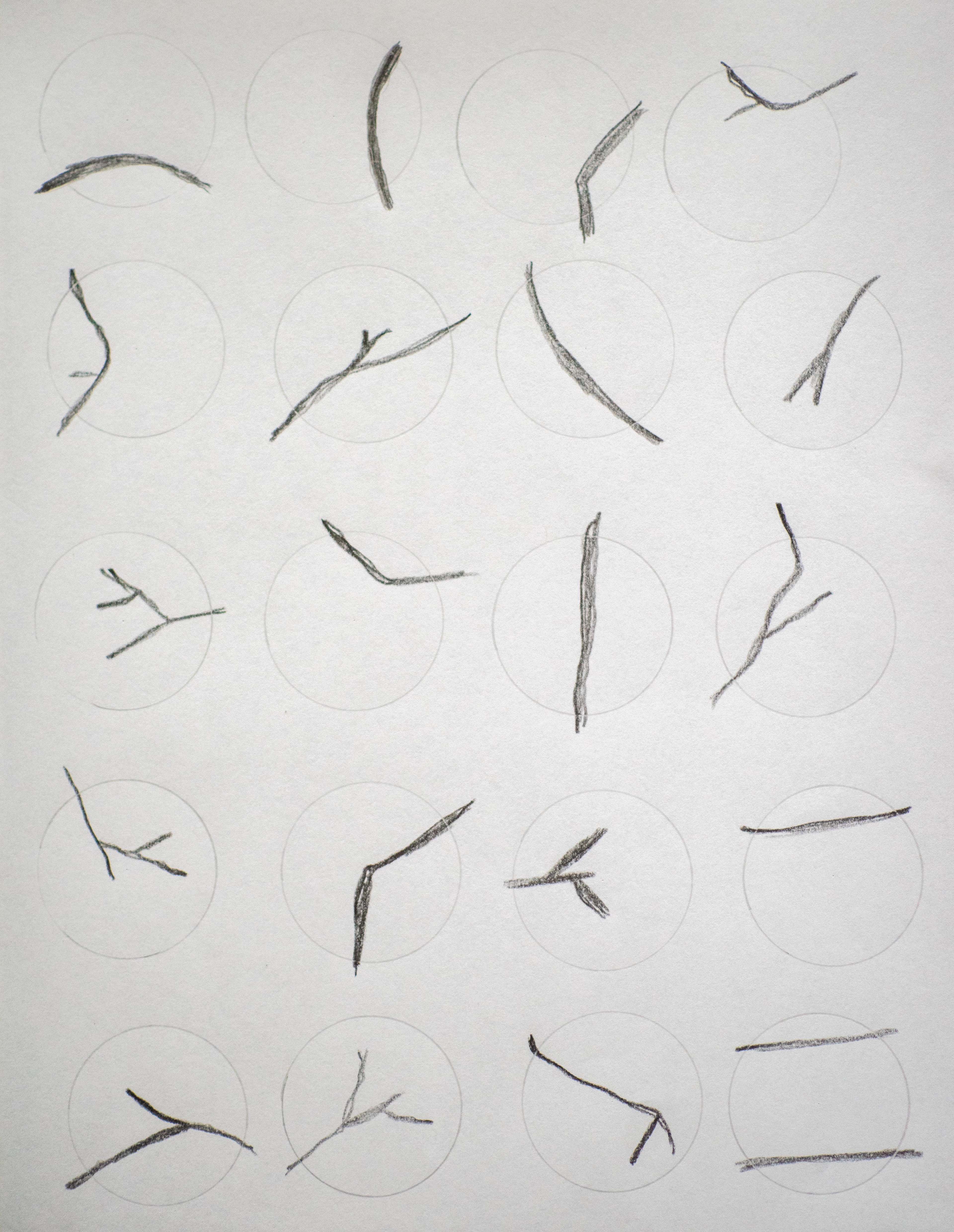
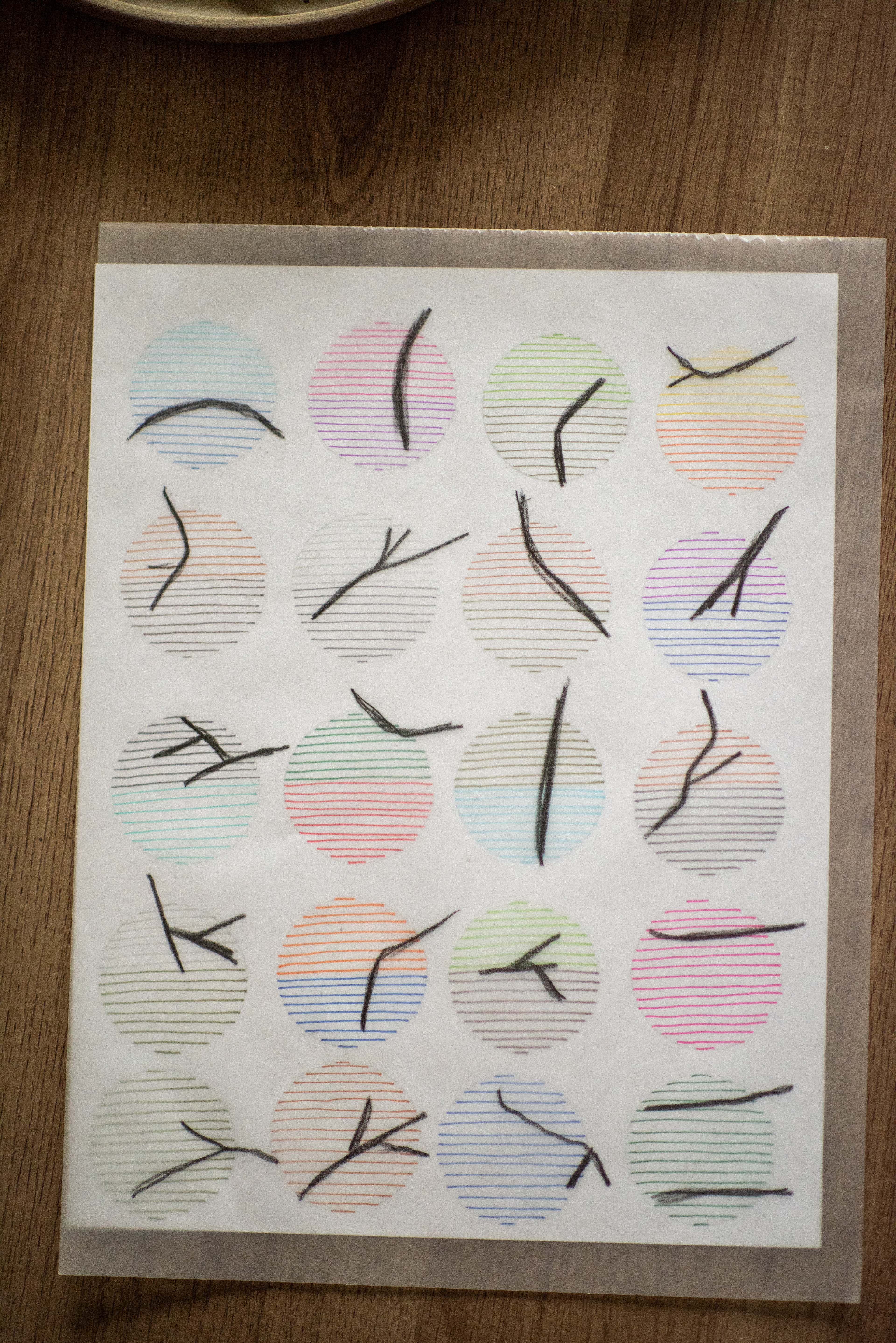
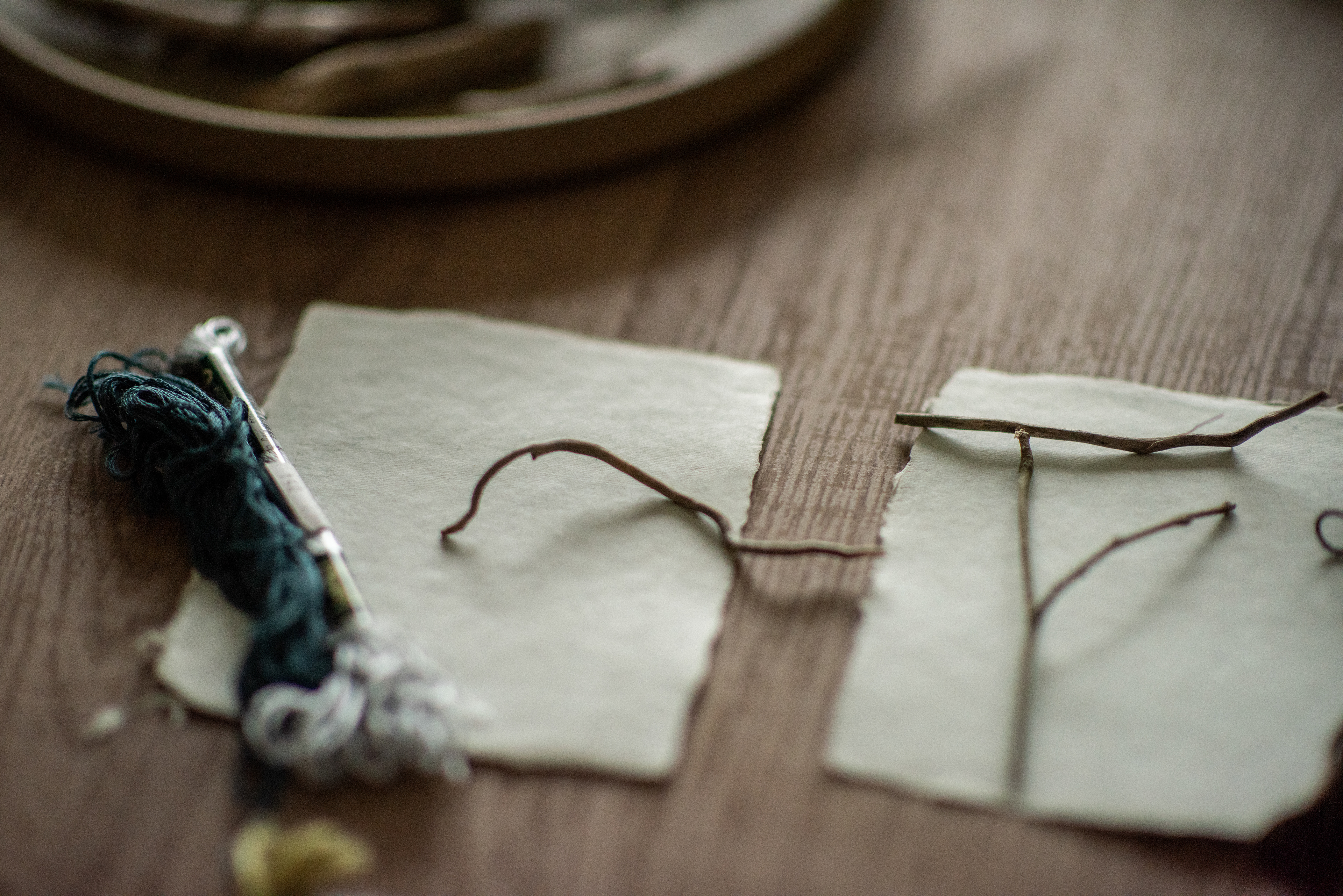
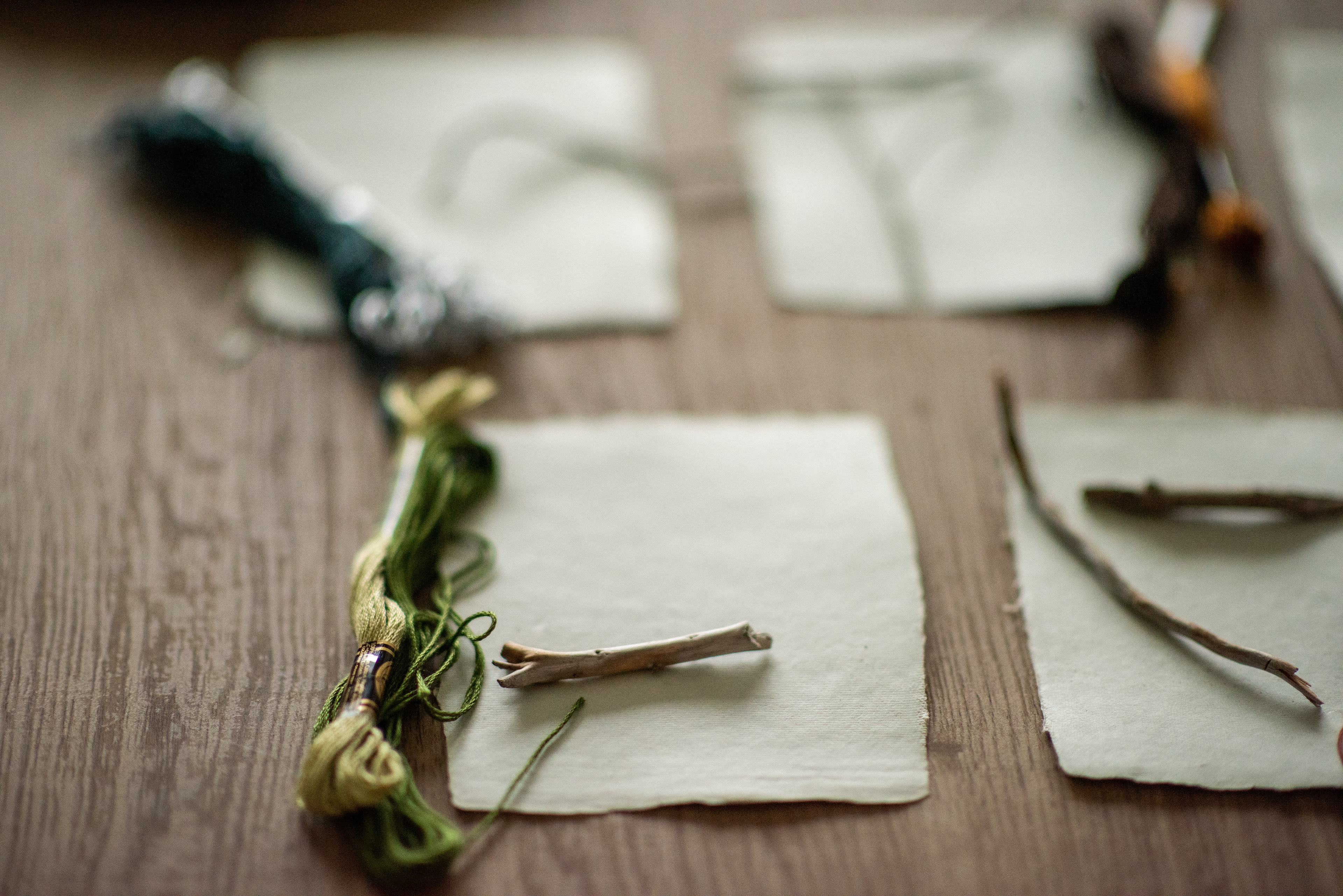
Fun Fact:
The wood pieces used in Prompt 3 hold a deeply personal connection to my creative journey. I collected them during a solo backcountry camping trip to Joffre Lakes, where I camped at the alpine elevation near the third lake. This trip was as much about reflection as it was about immersing myself in the natural environment. With this project in mind, I intentionally chose and carried these wooden sticks in my side pocket during my hike back. I spent the quiet morning of my stay walking along the serene lakeshore, carefully selecting these pieces of wood—each one reflective of the environment’s delicate beauty. This act of intentional gathering not only grounded the project in a physical sense of place but also served as a reminder of the importance of slowness and observation in the design process.
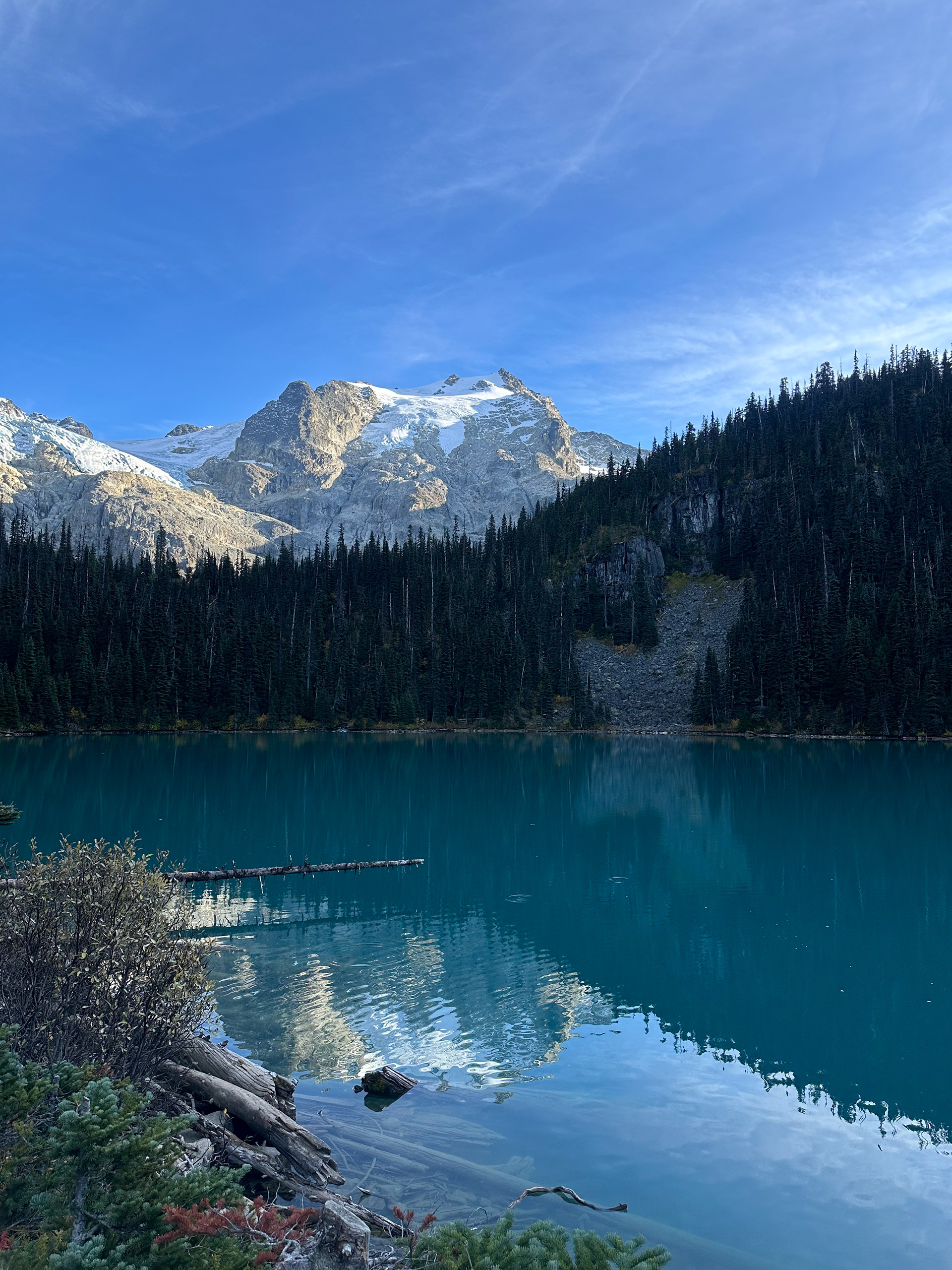




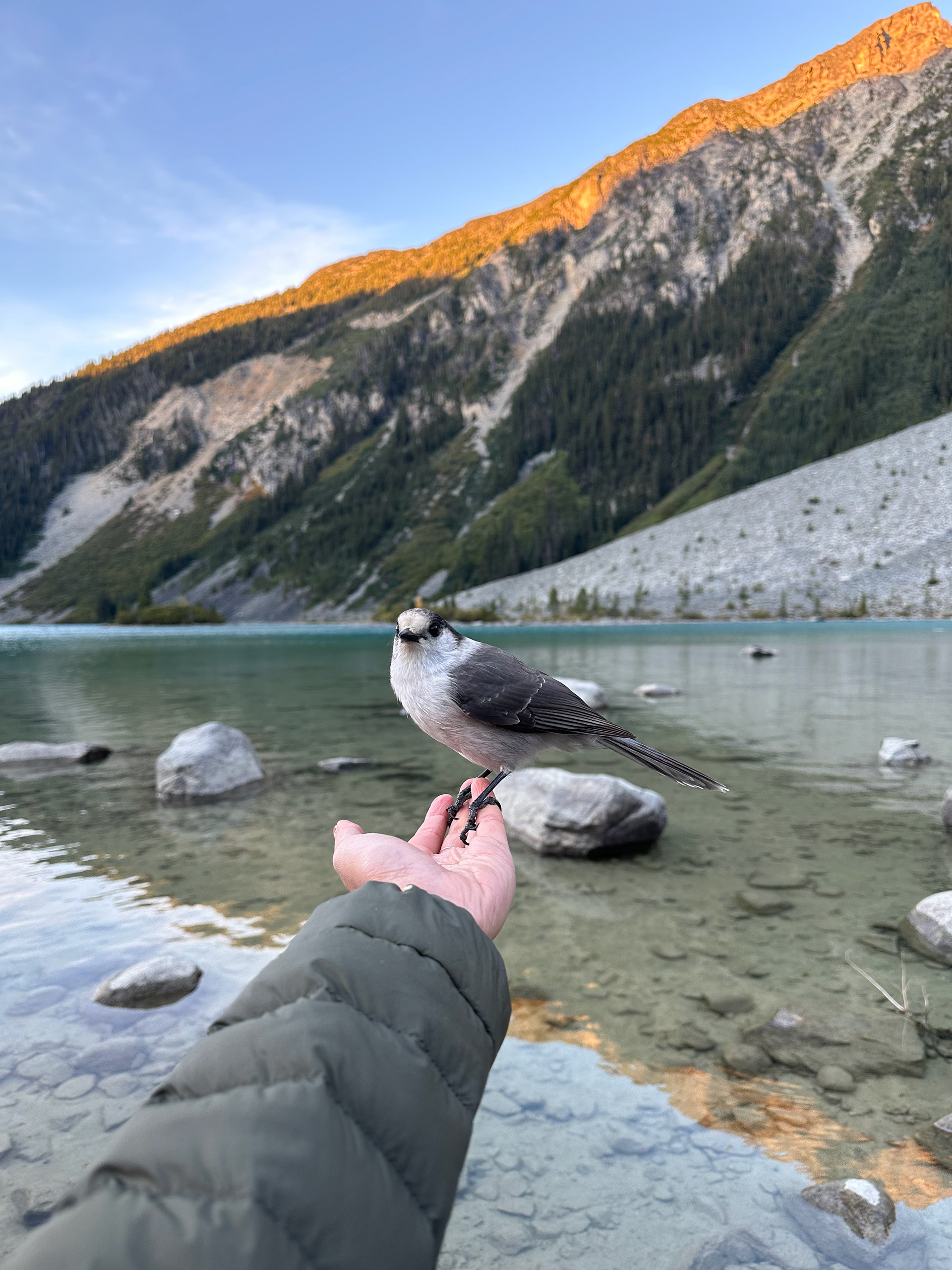
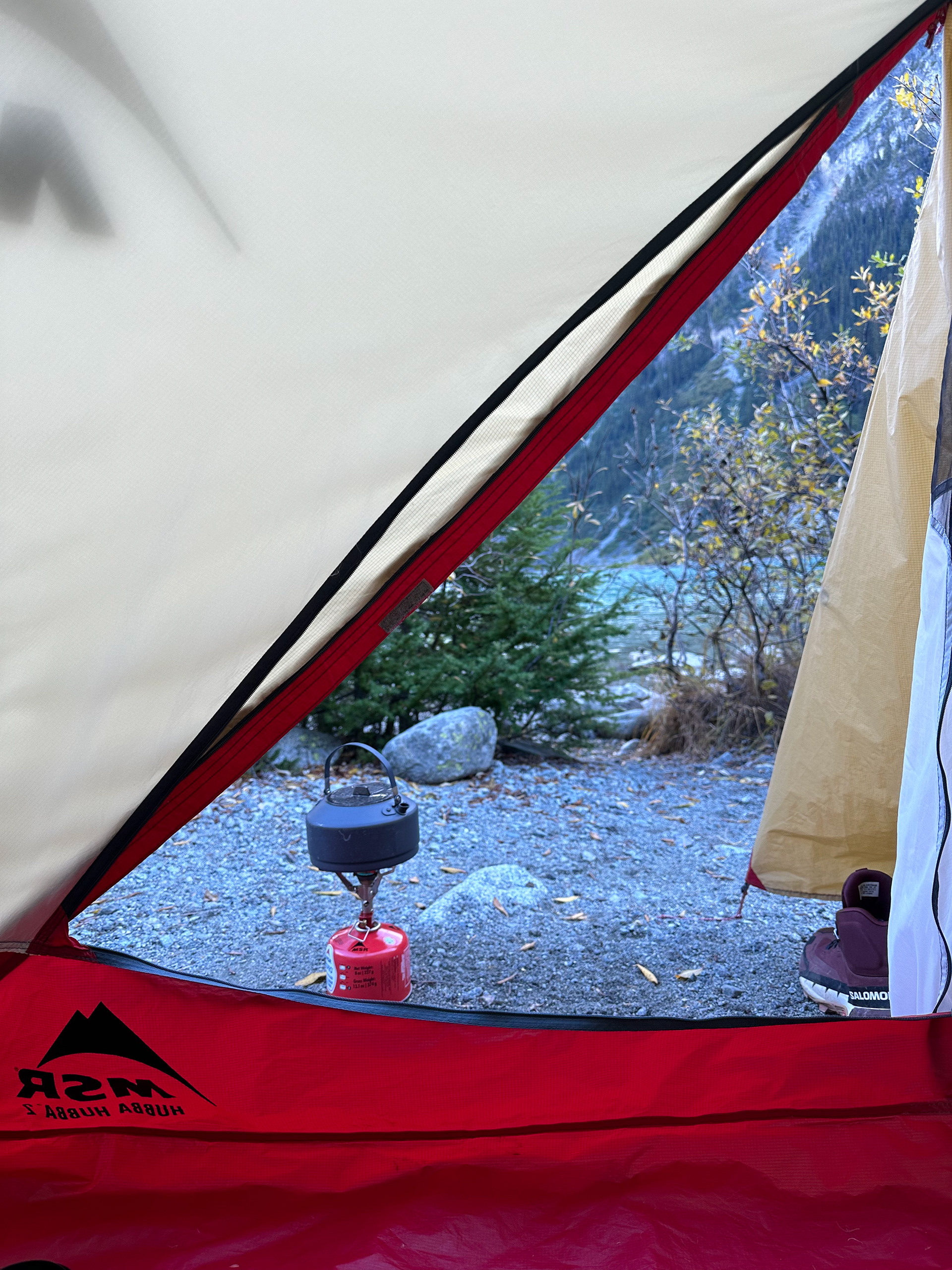

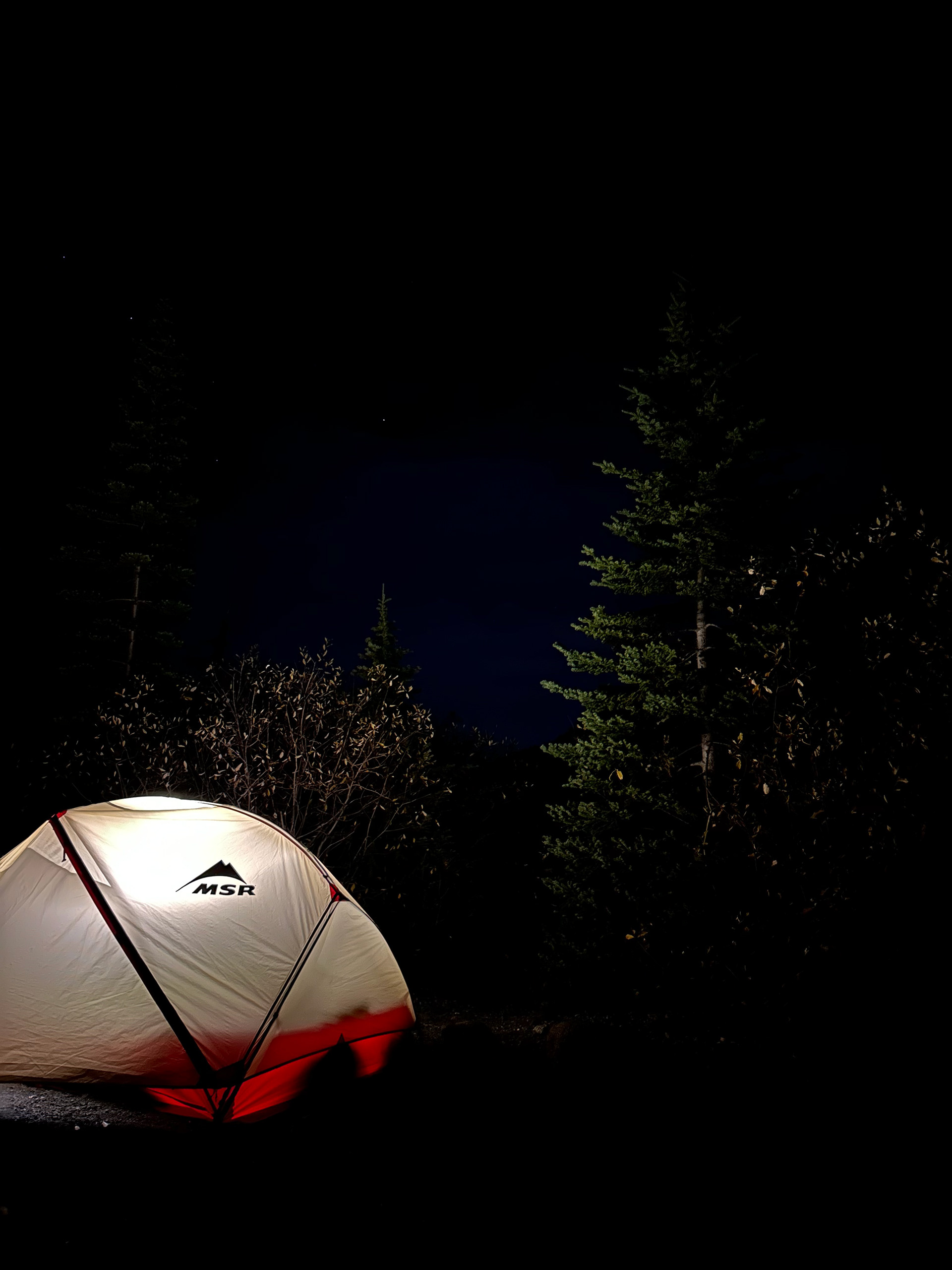
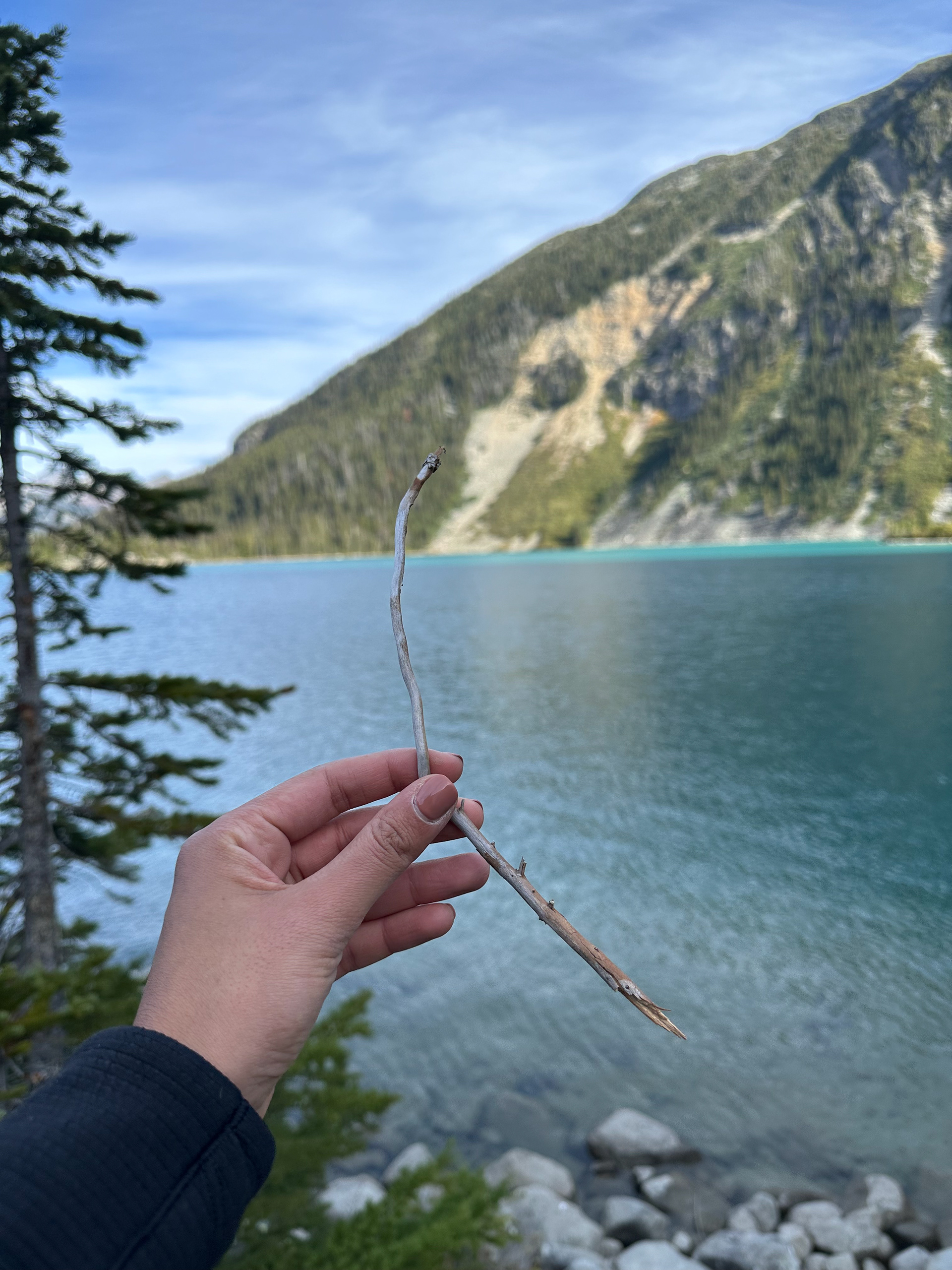

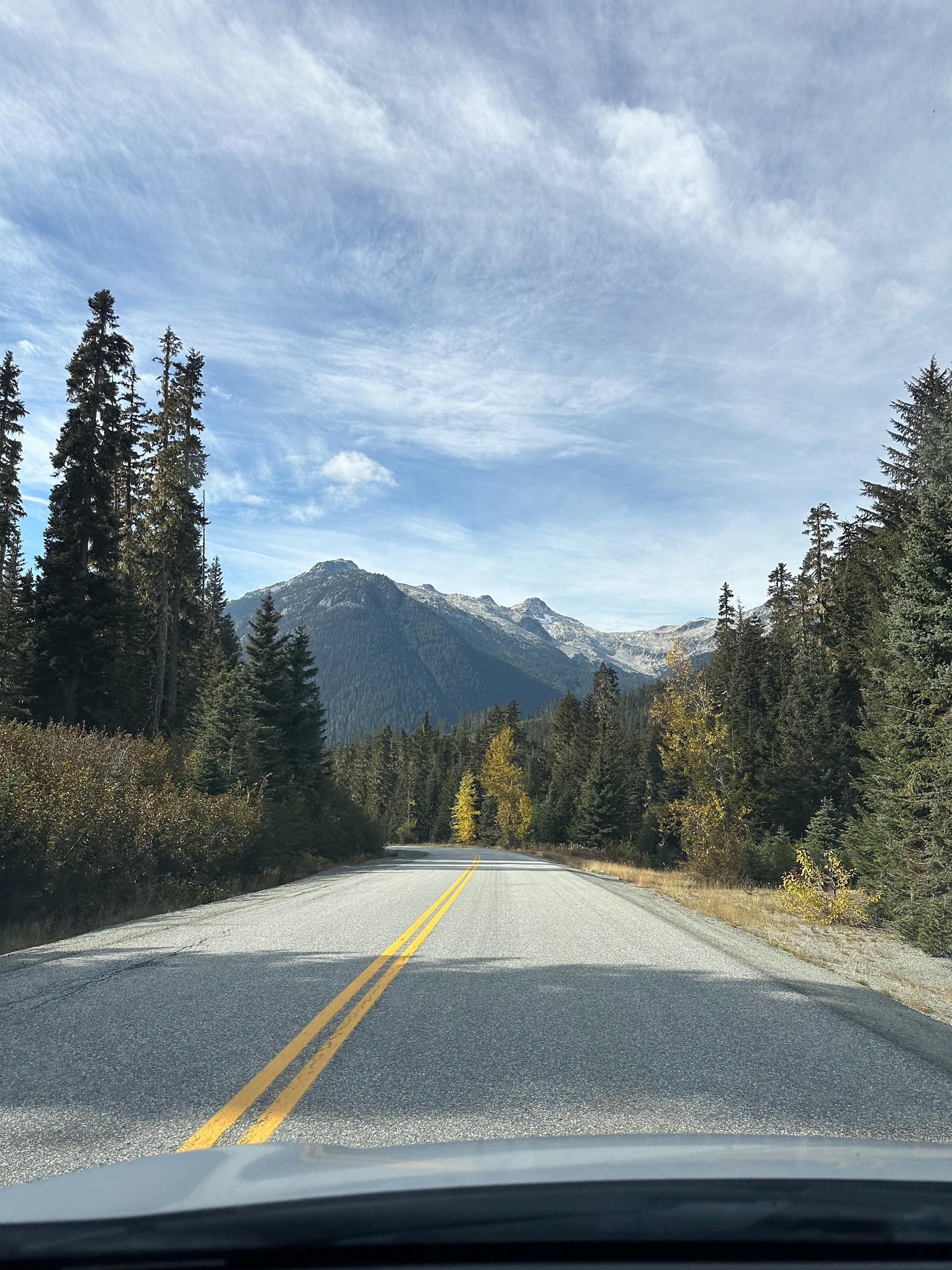
4. Theoretic/Thematic
Prompt 2 investigates how communication design can bridge gaps between sustainability and the fashion industry, drawing on:
Decolonization Theory (Tlostanova, 2017): The integration of diverse cultural perspectives challenges Eurocentric narratives in fashion, emphasizing inclusivity and equity.
Earth Logic (Fletcher & Tham, 2019): The project aligns with Earth Logic’s call for a design process rooted in care, regeneration, and prioritization of planetary health.
Behavioral Design: The project incorporates elements of behavioral psychology to influence consumer choices, reflecting the role of design in fostering sustainable habits.
Biomimicry (Benyus, 1997): Encourages a reimagining of design processes based on nature’s efficient systems, aligning with the project’s sustainability goals.
5. Connections to Larger Systems
This project aligns with the principles of slow fashion and sustainable design, emphasizing mindful production over mass consumption. By utilizing handmade and found materials, it embodies the circular economy's focus on reuse and regeneration, challenging the traditional linear model of take-make-waste. Furthermore, the project resonates with the Earth Logic framework, which advocates for prioritizing care and relational thinking in design. Earth Logic calls for a paradigm shift in fashion, urging the industry to place the health and survival of our planet above business interests and economic growth.
By integrating systems thinking and place-based practices, this work contributes to the broader conversation about transforming fashion from an extractive to a regenerative industry, fostering meaningful change that benefits both people and the environment.Several Vancouver-based clothing companies embody these sustainable practices:
Ocin: Founded by Courtney Chew, Ocin is a lifestyle and eco-swim label that uses recycled materials in its products and donates a portion of proceeds to ocean conservation efforts.
Tentree: An ethical fashion brand designing clothing for a healthy, sustainable world with recycled materials and organic fabrics such as cotton and hemp. Tentree is the perfect destination to buy affordable and sustainable basics, loungewear, and outerwear.
Nicole Bridger: A brand synonymous with fashion that's made conscientiously, focusing on ethical production and sustainable fabrics. They ensure that each piece of clothing is not only stylish and comfortable but also has a positive impact on the environment.
ecologyst: Formerly known as Sitka, ecologyst is at the forefront of sustainable outdoor fashion. The brand is committed to ethical production, using high-quality, sustainable materials. With a focus on longevity and performance, ecologyst ensures that each piece of clothing is crafted to last, reducing the need for frequent replacements and minimizing waste.
These companies exemplify how fashion can shift from being extractive to regenerative, integrating systems thinking and place-based practices to create meaningful change.
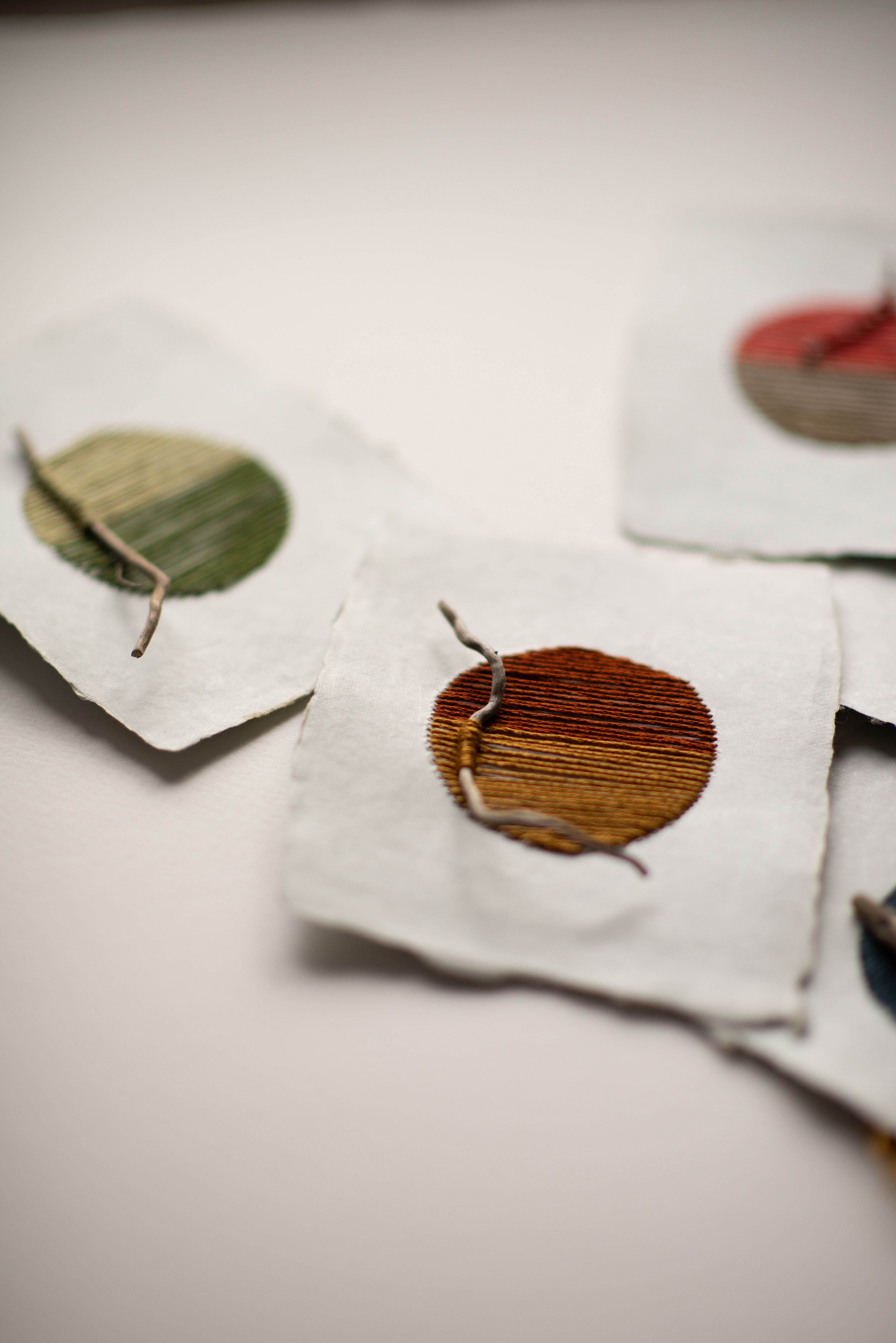
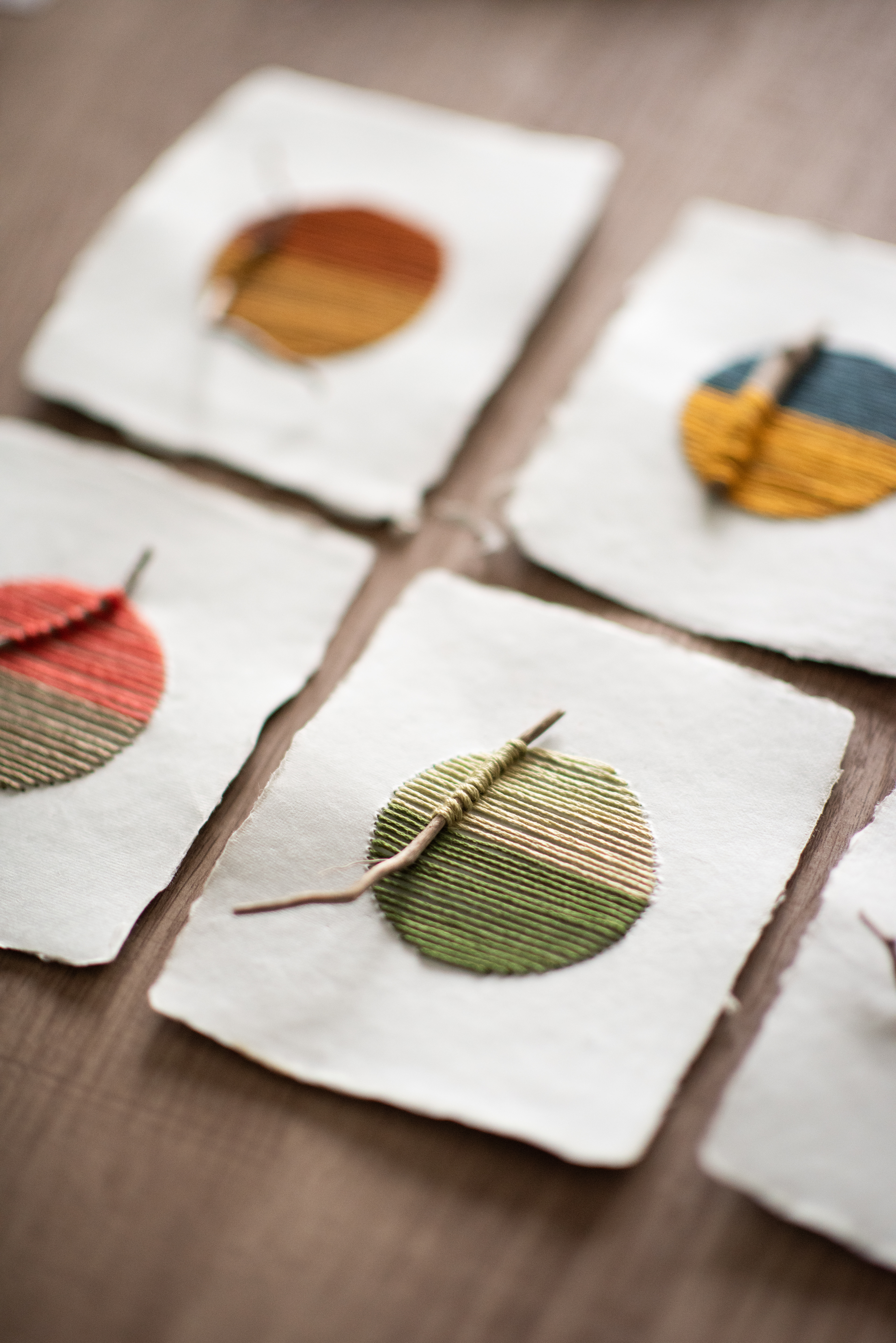
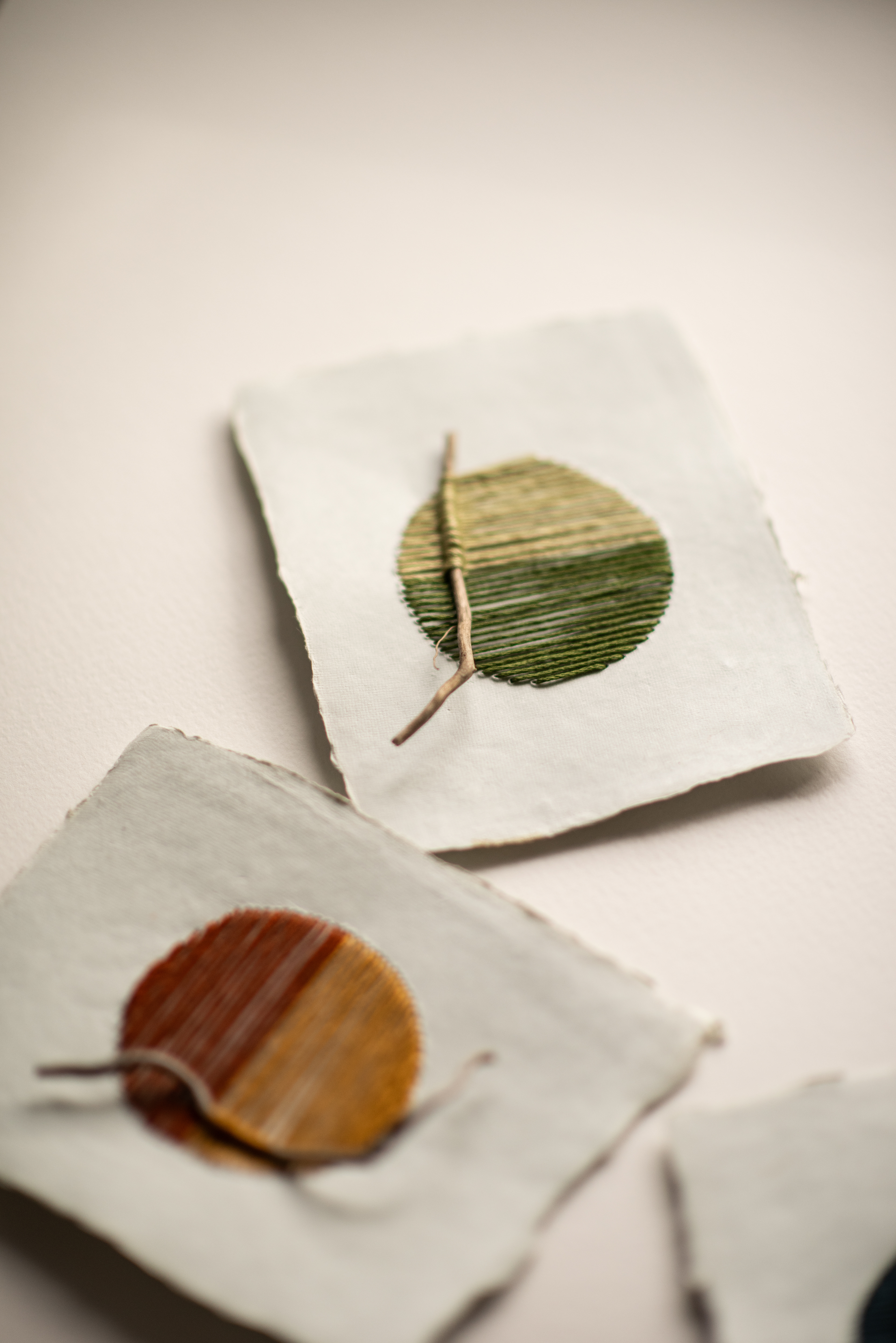

6. Theme of My Choosing: What I Would Design Differently
If I were to revisit this project, I would push myself to explore the coexistence of beauty and rawness more deeply. My attraction to beauty, rooted in a survival response to a chaotic upbringing, has often made it challenging to dwell on the harsher aspects of life. However, I recognize the value in representing the messiness of sustainability alongside its beauty.
I might experiment with more raw, unrefined materials to complement the delicate handmade paper and embroidery. For example, incorporating charred wood or torn fabric could represent the scars and struggles inherent in the sustainability journey. I would also explore ways to make the pieces more interactive, perhaps by allowing viewers to touch and rearrange elements, fostering a deeper, more personal connection to the work.
This project was a profound reflection on how design can foster care, connection, and responsibility. By slowing down and engaging deeply with materials, I was able to create work that not only tells a story but also invites others into a larger conversation about sustainability and our relationship with the planet.